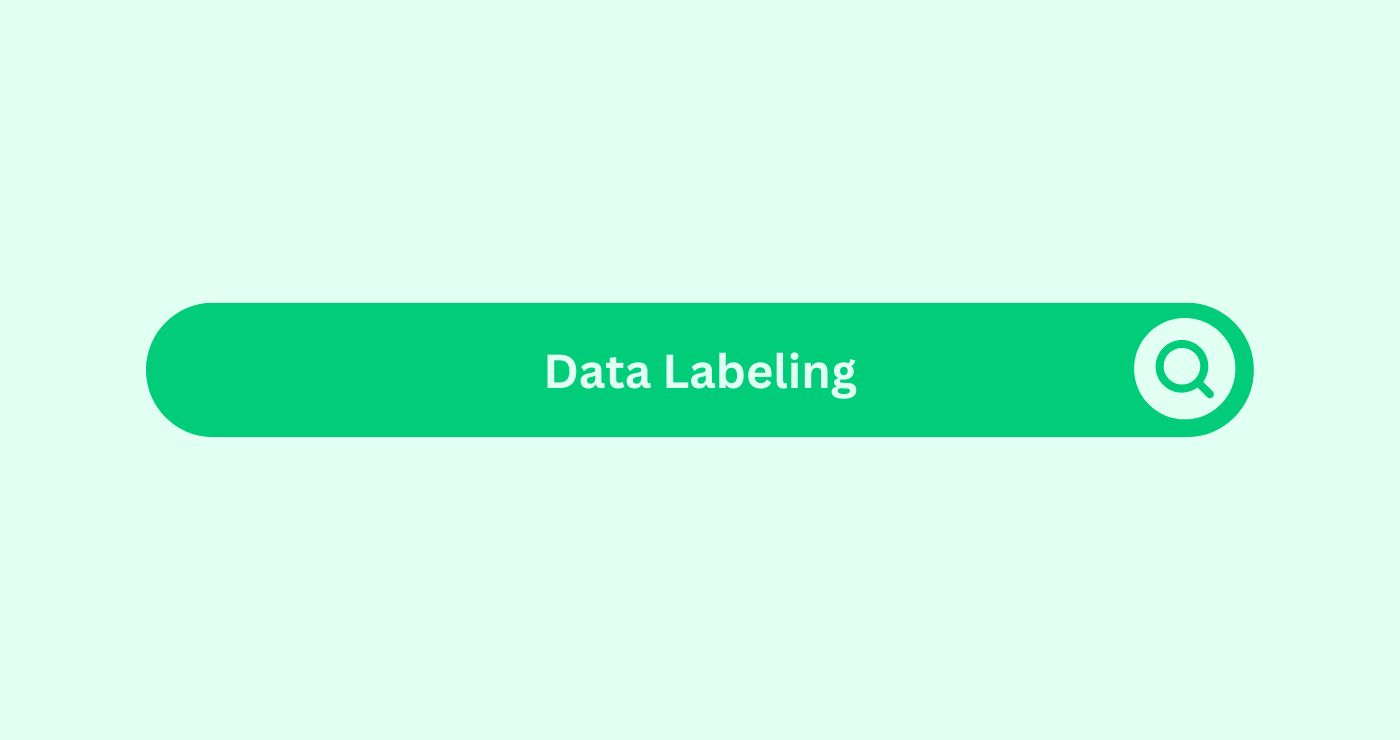Definition
Data Labeling in AI Terms in Content MarketingDefinition Content marketing strategically creates and share... is the process of tagging raw data—text, images, videos, or audio—with meaningful context so AI models can learn to interpret it. These labels help machines understand whether a sentence expresses interest, a headline fits a certain category, or an image matches a product type.
For a performance marketing agency, data labeling powers recommendation systems that tailor ads based on user interaction. A SEO company uses labeled data to train AI models to spot high-performing keywordsDefinition Keywords are crucial for SEO success as they conn... or identify content tone. A digital marketing Auckland team might labelDefinition In email marketing, a "label" refers to a tag or ... visual contentDefinition Visual content refers to any content that incorpo... to train an AI engine for automated thumbnail generation or trend detection across social platforms.
Labelled data ensures that content AI understands not just the data, but its purpose—enabling precise predictions, classifications, and targeting.
Example
Imagine a SEO company wants to automate content tone analysis. Their team collects hundreds of blog intros and manually labels them as “informational”, “promotional”, or “opinionated”. This labelled dataset trains an AI model to detect tone and optimise future content creation.
When writing a blog outline, the system suggests the best tone based on topic and target audienceDefinition The term "Audience" refers to the group of indivi.... After deploymentDefinition Deployment is the release of software updates and..., posts with AI-recommended tones see a 28% increase in time-on-page and a 21% uplift in returning readers.
By labelling correctly, the team taught the AI to read content like a human editor would.
Formulas & MetricsWhat are Metrics in the context of SEO? Metrics in SEO refer...
Proper data labeling is essential for model trainingDefinition Model training is basically how AI learns to spot.... Here’s how performance is measured:
| Metric | Formula / Explanation | Example Output |
|---|---|---|
| LabelDefinition In email marketing, a "label" refers to a tag or ... Accuracy (%) | Correct labels / Total labels × 100 | 450 / 500 × 100 = 90% |
| Precision | True Positives / (True Positives + False Positives) | 96 / (96 + 9) = 91.5% |
| Recall | True Positives / (True Positives + False Negatives) | 96 / (96 + 14) = 87.3% |
| F1 Score | 2 × (Precision × Recall) / (Precision + Recall) | 0.89 |
| Annotation Consistency | Matching labels across reviewers | 93% consistency in human labels |
These help digital marketing Auckland and performance marketing agencies refine training data for reliable campaignDefinition An SEO campaign involves focused, Organised effor... automation and personalisationDefinition Personalisation refers to the process of tailorin... tools.
5 Key Takeaways
- Data labeling teaches AI systems how to interpret content accurately through human-tagged examples.
- It improves model quality for SEO scoring, ad targeting, tone detection, and content recommendation.
- SEO companies use labelled keyword and content datasets to refine ranking predictors.
- Performance marketing agencies rely on labelled user interaction data to train campaignDefinition An SEO campaign involves focused, Organised effor... triggers.
- High-quality labels reduce bias, strengthen model trustworthiness, and deliver sharper insights.
FAQs
What types of data can be labeled in marketing?
Text, images, audio, and video—all can be tagged for intent, category, sentimentDefinition Sentiment in the SEO space refers to the emotiona..., or style.
How is labeled data used in SEO tools?
It's used to train AI models to recognise valuable keywordsDefinition Keywords are crucial for SEO success as they conn..., intent patterns, and on-page relevanceDefinition In SEO, relevance refers to the degree to which a....
Can data labeling be fully automated?
Semi-automated options exist, but initial manual labeling improves accuracy and prevents model driftDefinition Model training means teaching an AI to spot patte....
What happens if labels are inconsistent?
Inconsistent labels reduce model reliability, resulting in poor predictions and skewed content outputs.
Is data labeling time-consuming?
Manual labeling takes effort upfront, but saves significant time when scaling AI-led content operationsDefinition Content operations is a comprehensive approach th....




